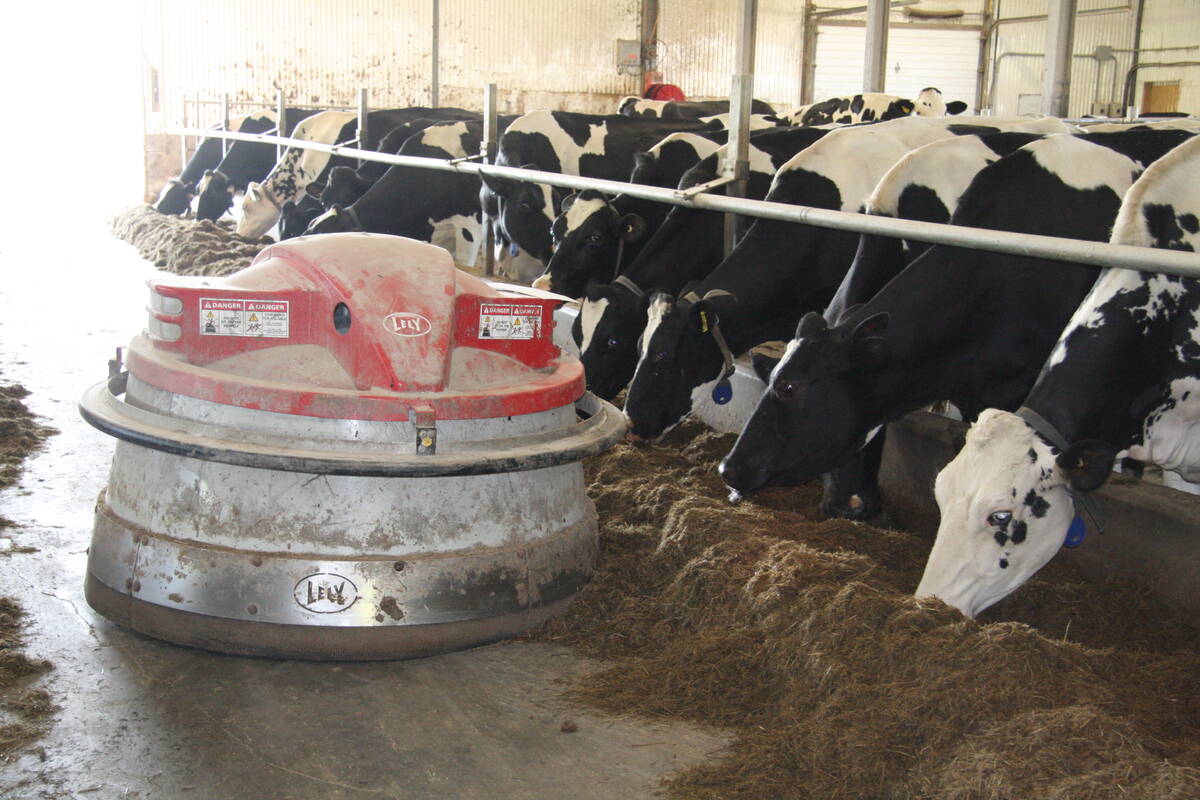Oat markets have remained stronger than most other cereals and the byproduct of that success is finding a home in cattle rations.
Oat hulls have continued to gain popularity in the cattle feeding and cow-calf industries, said Richard Reimer of Can-Oat Milling in Martensville, Sask.
“They’re replacing ground straw in the rations,” said Reimer of the $10-per-tonne product that has structural carbohydrate levels similar to cereal straws.
Processed in a hammer mill, 80 percent of the hulls leaving the Can-Oat plants at Martensville and Portage la Prairie, Man., are going into the cattle industry.
Read Also

Partnerships, communication key to disease management
Communication and strong, trusted partnerships are key to managing infectious diseases like Foot and Mouth Disease and HPAI.
The low moisture feed is 3.8 percent crude protein and 30.6 percent crude fibre with about 1.4 percent fat. Total digestible nutrients are about 37 percent.
“The hulls can make up 35-45 percent of the ration. For producers who have to grind their own feed, this is a big savings in processing. They can just load it on the feed cart,” Reimer said.
Murray Feist, a ruminant specialist with Saskatchewan Agriculture, agreed oat hulls have proved to be a good feed source.
“It’s one of the most uncelebrated successes in cattle feeding. Initially there were concerns about overconsumption, compaction in the rumen and vitamin A deficiencies, but those problems either didn’t happen or producers easily found ways to manage around the issue,” Feist said.
Wyett Swanson of Provost, Alta., has fed the hulls to his 3,000 feeder cattle for a decade and said the feed is reliable and cost effective.
“We feed a lot of byproducts at our place and it works. Oat hulls are a consistent, reliable feed and the price is really competitive,” he said.
Vern Racz of the Prairie Feed Resource Centre at the University of Saskatchewan said his organization has done a lot of work with the hulls.
“They often outperform other sources (of fibre) in the diet because they have a higher passage rate through the animal. Performance is all about intake in absolute quantities and cattle are able to eat more of the oat hulls,” he said.
“They are a little more palatable than straw so that doesn’t hurt.”
Reimer said before the 2005 price jump for anhydrous ammonia, producers and some custom feed processors were adding value to hulls by adding ammonia.
Cattle producer Grant Berger of Central Butte, Sask., owns a bale injection truck that adds nutrients to lower quality feeds.
“There is an abundance of low priced, high quality hay these days and so augmenting feeds isn’t a priority for too many producers. But we all know that shortages will be back someday and then treating feeds and ammoniating will probably start to pay again,” he said.
“Ammonia isn’t a natural source of protein so other supplements are better for fast growing, younger animals. But for older cows, the technique can be quite effective.”
Reimer said some producers get protein levels of 10-12 percent in the feed.
“They could feed a little hay along with the ammoniated hulls to keep things passing through and see daily feeding costs down in the 35 cents per cow per day range,” he said.
Racz said one technique involved adding ammonia to the hulls, along with water, in the chamber of a smaller grain auger while piling the material from the truck.
“It was cost effective and provided a very even application of ammonia.”
A study carried out by the U of S and McGill University showed that hulls ammoniated at a rate of five percent of dry matter was an effective method of adding feed value.














